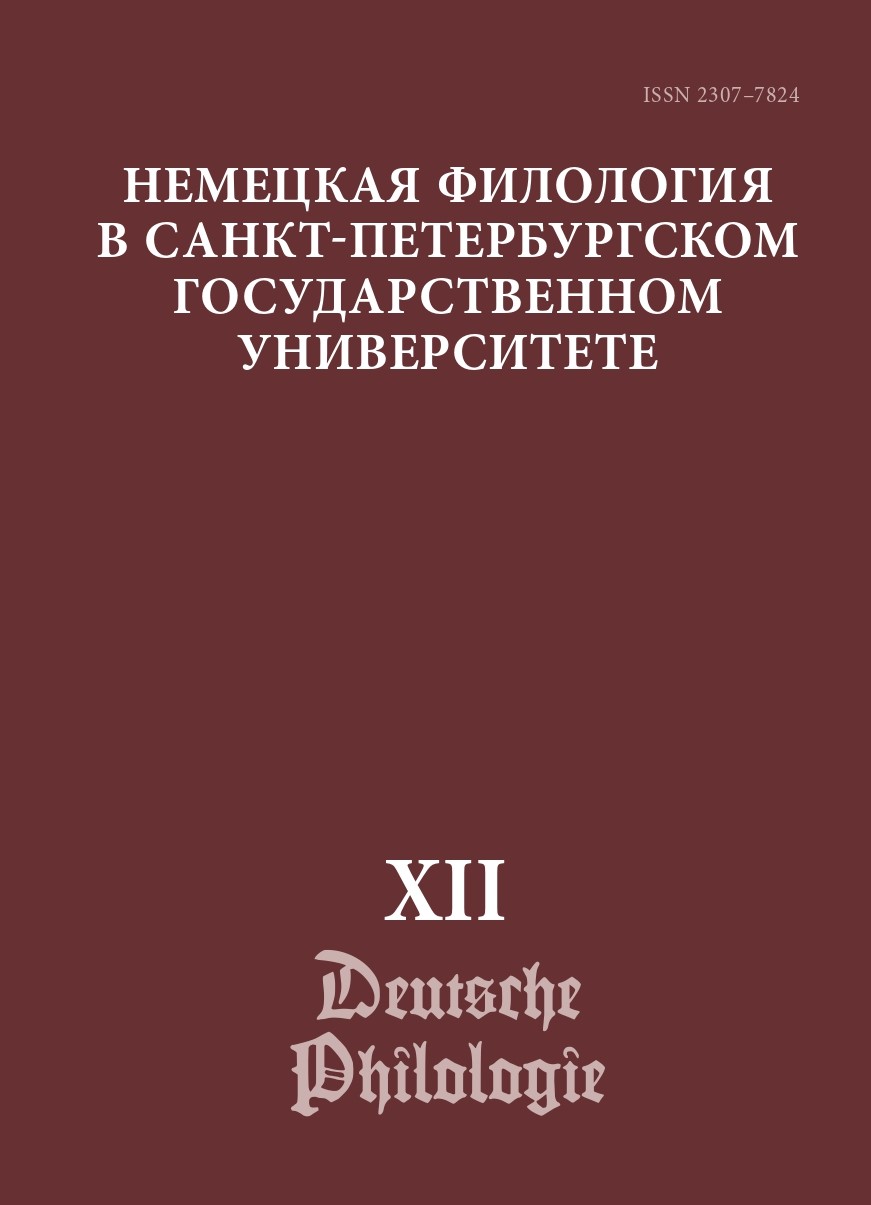IMAGE AND TEXT: INTERACTION IN PUBLIC APPELLATIVE INSCRIPTIONS
DOI:
https://doi.org/10.21638/spbu33.2022.109Abstract
The article analyzes public appellative inscriptions that emerged during the coronavirus pandemic and contain both non-verbal and verbal components. The proposed term allows emphasizing the main functions of such texts (attracting the addressee’s
attention and influencing their behavior), while distinguishing such texts from other regulatory texts. From the many terms for texts with multilevel semiotic components, the term creolized text is preferred. The non-verbal means of public appellative inscriptions include a special graphic design of the verbal component (supragraphemic, i. e. a font of a different type and size, a combination of uppercase and lowercase, highlighting, etc., and topographemic, i. e. a text background), as well as pictorial means like graphic elements and photographs. The author explores the interaction between verbal and non-verbal components in public appellative inscriptions and finds that a fully identical rendition of the same content by verbal and non-verbal means is impossible. While it is possible to convey the main content of the appellative inscription (the requirement to comply with COVID measures) through an image, the latter is accompanied by texts with details. Even in cases of parallel (synonymous) use of verbal and non-verbal components, it is difficult to determine the leading component. The author also analyzes examples of mutual penetration of the verbal and non-verbal components. The author concludes that the use of non-verbal components enhances the appellative nature of appellative inscriptions. The nature of the chosen material and the idea that public appellative inscriptions can be considered creolized texts account for the novelty of the study.
Downloads
Downloads
Published
How to Cite
Issue
Section
License
Условия передачи авторских прав на статьи и рецензии, опубликованные в ежегодном периодическом издании «Немецкая филология» регулируются условиями Лицензионного Договора автора с Санкт-Петербургским государственным университетом. В соответствии с Лицензионным Договором опубликованные материалы находятся в открытом доступе, а авторам бесплатно предоставляется неограниченные возможности их распространения и самостоятельного архивирования.




